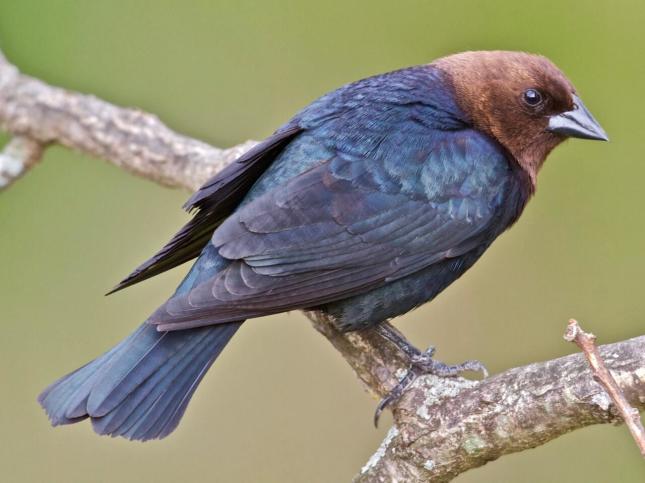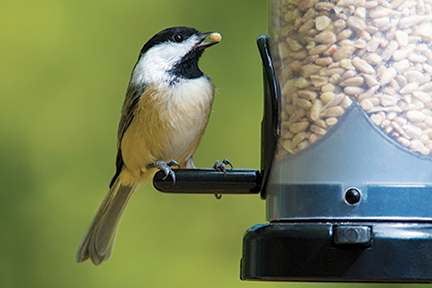
Fun Facts About Brown Headed Cowbirds
- The Brown-headed Cowbird is a stocky blackbird with a fascinating approach to raising its young. Females forgo building nests and instead put all their energy into producing eggs, sometimes more than three dozen a summer. These they lay in the nests of other birds, abandoning their young to foster parents, usually at the expense of at least some of the host’s own chicks. Once confined to the open grasslands of middle North America, cowbirds have surged in numbers and range as humans built towns and cleared woods.
- The Brown-headed Cowbird is North America’s most common “brood parasite.” A female cowbird makes no nest of her own, but instead lays her eggs in the nests of other bird species, who then raise the young cowbirds. Brown-headed Cowbird lay eggs in the nests of more than 220 species of birds. Recent genetic analyses have shown that most individual females specialize on one particular host species.
- Brown-headed Cowbirds occur in grasslands with low and scattered trees as well as woodland edges, brushy thickets, prairies, fields, pastures, orchards, and residential areas. Brown-headed Cowbirds generally avoid forests. Development and fragmentation of forests in the eastern United States have allowed Brown-headed Cowbirds to greatly expand their range eastward. In winter, Brown-headed Cowbirds roost along with several species of blackbirds in flocks numbering more than 100,000 birds.
- Brown-headed Cowbirds usually forage on the ground in mixed flocks of blackbirds, grackles, and starlings. They get their name from their close association with grazing livestock (and formerly bison), which flush up insects for the birds to eat. Cowbirds fly directly, with constant wingbeats. When males sing, they often raise their back and chest feathers, lift their wings and spread their tail feathers, and then bow forward. Groups of males may do this together.
- Brown-headed Cowbirds feed mostly on seeds from grasses and weeds, with some crop grains. Insects such as grasshoppers and beetles, often caught as cows and horses stir them into movement, make up about a quarter of a cowbird’s diet. As you might imagine, female cowbirds have a large calcium requirement from laying so many eggs. To satisfy it, they eat snail shells and sometimes eggs taken from nests they’ve visited.
- The oldest recorded Brown-headed Cowbird was a male, and at least 16 years 11 months old when it was recaptured and rereleased during banding operations in Wisconsin.

